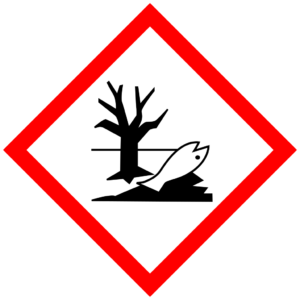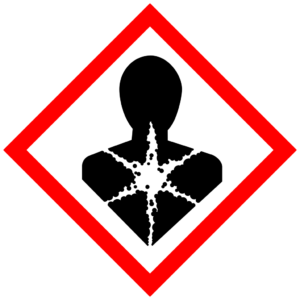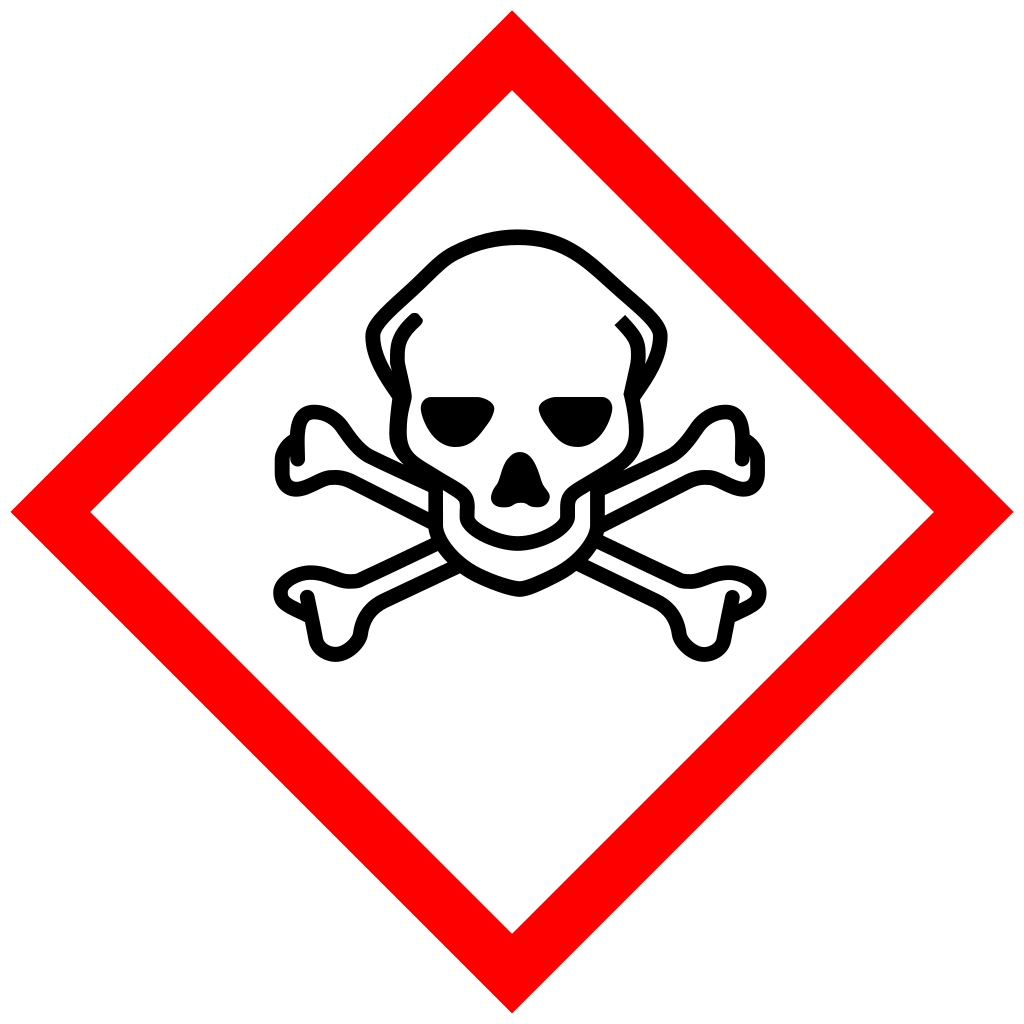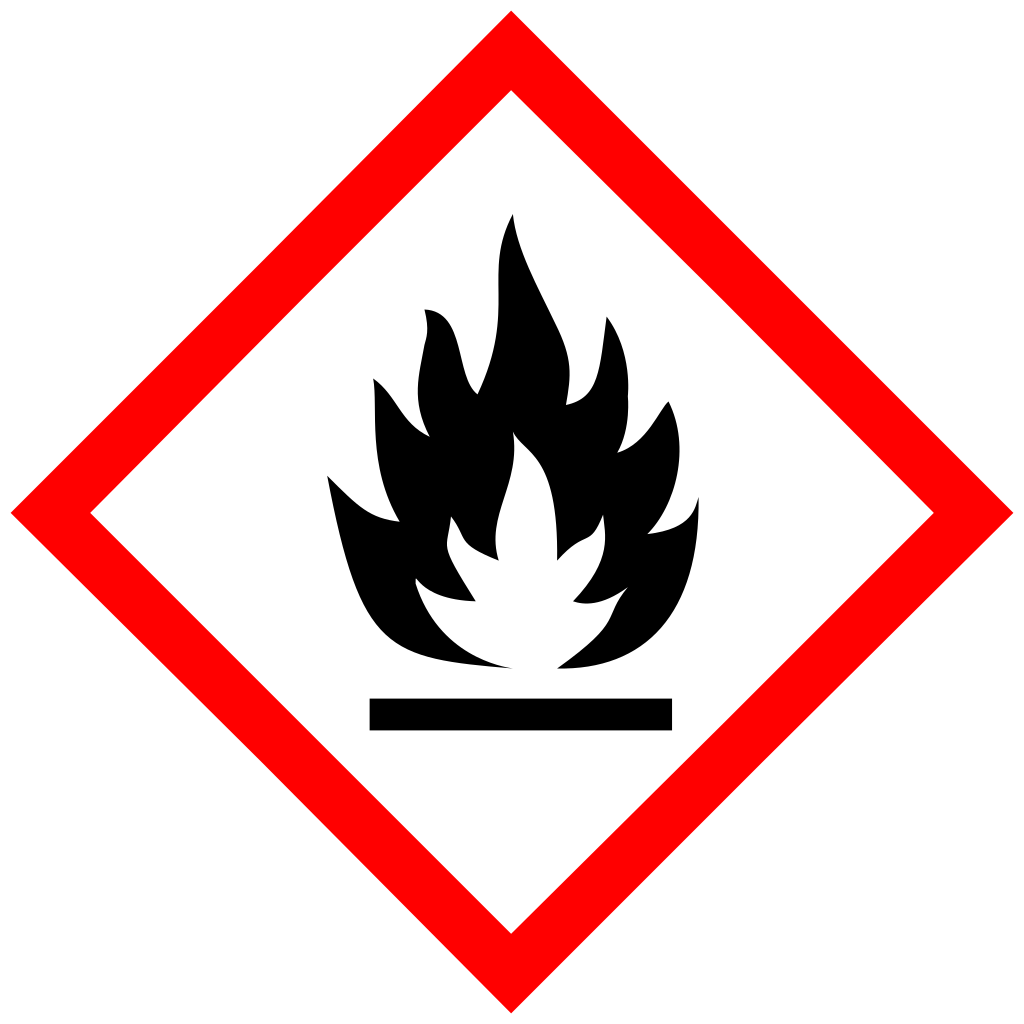Category: Other Chemicals
Showing all 14 results
-
Antimony Trisulfide
8,99 € – 21,99 €Select optionsName: Stibnite, Antimonite, Antimony sulfide/sulphide, Antimony (III) sulfide/sulphide
Chemical formula: Sb2S3
Particle size: fine powderDescription: Antimony trisulfide is a green powder. It is a fuel used in various white star compositions of the potassium perchlorate-base. It is sometimes used in glitter compositions, fountain compositions and flash powder, however it is used less and less for flash powder as it is very poisonous and can usually be replaced by sulphur or completely omitted. Flash compositions containing antimony trisulfide are very sensitive to friction, shock, and static electricity
Precaution:
H: 302‐332‐411
P: 273

-
Barium Carbonate
4,99 € – 38,99 €Select optionsName: Barium Carbonate, Barium monocarbonate, Carbonic acid barium salt
Chemical formula: BaCO3
Particle size: very fine powderDescription: Barium carbonate is used both in white and green color compositions. When chlorine donors are present in a composition a green color will result from the formation of BaCl+ in the flame. Without chlorine donors BaO will be formed which emits white light. Barium carbonate is convenient to use in chlorate based color compositions since it will neutralize residual acid which reduces the risk of spontaneous ignition
Precaution:
H: 302
P: 270‐301+312
-
Barium Sulfate
4,49 € – 34,99 €Select optionsName: Barium sulfate
Chemical formula: BaSO4
Particle size: very fine powderDescription: Barium sulfate is used as a high temperature oxidizer in some green and white compositions, as well as being the oxidiser in the flash phase of some strobe compositions. It is also used as an additive in many firefly star compositions. Barium nitrate is more common in green pyrotechnic formulas, as it is a more amiable oxidizer and produces a superior colour
Precaution:
P: 260,264,270,273,314,501 -
Boric Acid
2,99 € – 8,99 €Select optionsName: Boric acid
Chemical formula: H3BO3
Particle size: crystaline fine powder
purity: 99% With anti-caking (easier handeling)Description: Boric acid is a white powder which is used as an additive to compositions containing aluminium and a nitrate. The metal powder can reduce the nitrate to an amide, which will react with the metal powder in a very exothermic reaction that can lead to spontaneous ignition of the composition. This process is often accompanied by a smell of ammonia and is most likely to occur with wet compositions. Addition of a few percent boric acid can often prevent this reaction from taking place since it neutralizes the very basic amides forming ammonia and a borate. It is also advisable to avoid using a water-soluble binder for these compositions. Using red gum or shellac with alcohol or nitrocellulose lacquer is safer. Boric acid is hygroscopic. The use of boric acid with magnesium or magnalium is not advised, as it actively attacks and corrodes these metals.
Precaution:
H: 360FD
P: 201‐280‐308+313
-
Charcoal Oak
9,49 € – 57,99 €Select optionsName: Charcoal Oak
Chemical formula: C
Particle size: very fine powder
purity: 99%Description: Charcoal finds widespread use in pyrotechnics. Many types of charcoal exist, each with its own properties. It is a complex organic substance containing moisture, ash, carbon, hydrogen, oxygen and a variety of volatiles. All of these elements have a vital use in fireworks. Charcoal made from willow or grapevine is considered great for black powder, while hardwood charcoals e.g. pine charcoal are commonly used for spark effects. The particle size and the process used to make the charcoal also play an important role in the quality of the charcoal for a specific purpose. Very fine charcoal floats in air and is therefore sometimes referred to as ‘airfloat’. Because charcoal is a very important chemical it is listed in the Beginners’ pages
-
Charcoal Pine
9,49 € – 57,99 €Select optionsName: Charcoal pine
Chemical formula: C
Particle size: very fine powder
purity: 99%Description: Charcoal finds widespread use in pyrotechnics. Many types of charcoal exist, each with its own properties. It is a complex organic substance containing moisture, ash, carbon, hydrogen, oxygen and a variety of volatiles. All of these elements have a vital use in fireworks. Charcoal made from willow or grapevine is considered great for black powder, while hardwood charcoals e.g. pine charcoal are commonly used for spark effects. The particle size and the process used to make the charcoal also play an important role in the quality of the charcoal for a specific purpose. Very fine charcoal floats in air and is therefore sometimes referred to as ‘airfloat’. Because charcoal is a very important chemical it is listed in the Beginners’ pages
-
Copper oxychloride
7,99 € – 89,99 €Select optionsName: Copper(II)oxychloride, tricopper chloride trihydroxide, copper chloride oxide hydrate
Chemical formula: Cu2(OH)3Cl
Particle size: crystaline powder
purity: 99%Description: Copper oxychloride is a green powder used as blue color agent, is a basic copper chloride and is usually manufactured either by the action of hydrochloric acid on copper metal or by the air oxidation of cuprous chloride suspensions. It has a number of applications, by far the most important being as an agricultural fungicide, for which purpose it is extensively employed in formulated form as dusts, wettable powders and pastes
Precaution:
H: 301‐332‐410
P: 273‐501

-
Lactose
2,99 € – 39,99 €Select optionsName: Lactose, Milk sugar
Chemical formula: C12H22O11
Particle size: very fine powderDescription: Lactose is extensively used as a combustion agent in colored smoke compositions containing organic dyes. Sometimes it finds use also as a fuel in blue color compositions, where cool burning is required
-
Magnesium Carbonate
4,99 € – 53,99 €Select optionsName: Magnesium Carbonate
Chemical formula: MgCO3
Particle size: fine powder
purity: 99%Description: Magnesium carbonate is an inorganic salt that is a white solid used as a glitter delay agent that gives more of a white-ish color than other carbonates. Used in many smoke compositions as a coolant to help avoid flame-out. Sometimes used as a free-flow and anti-caking agent for potassium chlorate and perchlorate mixes
-
Sodium benzoate
3,59 € – 28,99 €Select optionsName: Sodium benzoate, Benzoate of soda; Sodium benzoic acid; Benzoate sodium
Chemical formula: NaC6H5CO2
Particle size: granules
purity: 99% With anti-caking (easier handeling)Description: Sodium benzoate is a white solid that is used as a fuel. It’s most common use is in whistle mix, a mixture of potassium perchlorate and either sodium- or potassium benzoate
Precaution:
H: 319
P: 305+351+338
-
Strontium Carbonate
3,49 € – 39,69 €Select optionsName: Strontium carbonate
Chemical formula: SrCO3
Particle size: very fine powder
purity: 99% With anti-caking (easier handeling)Description: White to pale pink powder. Strontium carbonate is used in combination with chlorine donors to produce red colors. It also acts as an acid neutraliser, for which reason it is prefered in chlorate based compositions (which may spontaneously ignite when traces of acid are present).
-
Nitrocellulose
17,99 € – 43,99 €Select optionsName: nitrocellulose, cellulose nitrate, nc
Chemical formula: (C6H9(NO2)O5)n
Particle size: cotton
purity: 99,9% (nitrocellulose 65%, isopropyl alcohol 25%, water 3%)Description: Product with a range of Nitrogen content 11.8-12.3%. Product soluble in alcohols. It is used for the production of lacquers as a coating or binder. The desired viscosity depends on each reference.
Precaution:
H: 201
P: 250-372

-
Sulfur (S)
5,49 € – 34,99 €Select optionsName: Sulphur, Amorphous Sulfur, Prilled Sulfur, Flour Sulfur
Chemical formula: S
Particle size: very fine powderDescription: Sulfur has always been used extensively in pyrotechnics. It serves as a fuel, and reduces the ignition temperature of mixtures. It also tends to increase the burning rate and friction or shock sensitivity of most mixtures
Precaution:
H: 315
P: 302+352














